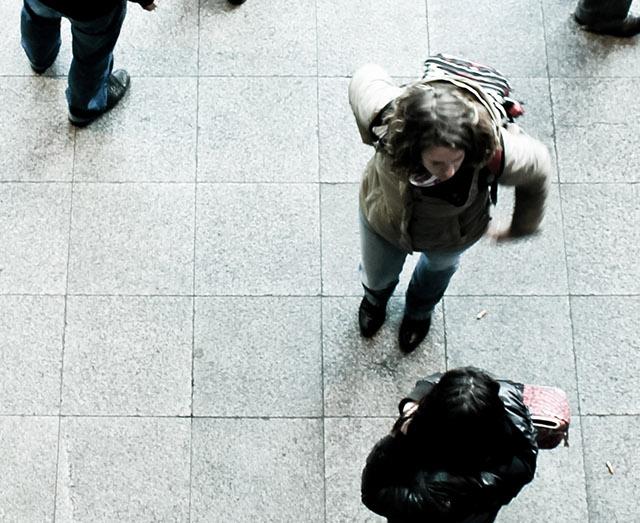What Human Trafficking Is, and Isn’t
Human trafficking is the business of stealing freedom for profit. In some cases, traffickers trick, defraud or physically force victims into providing commercial sex. In others, victims are lied to, assaulted, threatened or manipulated into working under inhumane, illegal or otherwise unacceptable conditions. It is a multi-billion dollar criminal industry that denies freedom to 24.9 million people around the world. Please scroll down to learn more about what constitutes the crime of trafficking. We hope this information is useful to you. Please note that the staff of the National Hotline is focused on assisting victims and survivors and is not available to answer more general questions about their work or about human trafficking generally for research or other purposes.
Force, Fraud, or Coercion
U.S. law defines human trafficking as the use of force, fraud, or coercion to compel a person into commercial sex acts or labor or services against his or her will. The one exception involves minors and commercial sex. Inducing a minor into commercial sex is considered human trafficking regardless of the presence of force, fraud or coercion.
Action-Means-Purpose
The Action-Means-Purpose (AMP) Model can be helpful in understanding the federal law. Human trafficking occurs when a perpetrator, often referred to as a trafficker, takes an Action, and then employs the Means of force, fraud or coercion for the Purpose of compelling the victim to provide commercial sex acts or labor or services. At a minimum, one element from each column must be present to establish a potential situation of human trafficking.
The A-M-P Model
Action
Induce
Recruits
Harbors
Transports
Provides
or
Obtains
Means*
Force
Fraud
or
Coercion
Purpose
Commercial Sex
(Sex Trafficking)
or
Labor/Services
(Labor Trafficking)
*Minors induced into commercial sex are human trafficking victims — regardless if force, fraud, or coercion is present.
How Many People are Trafficked in the U.S. Yearly?
In 2017, Polaris worked on 8,759 cases of human trafficking reported to the Polaris-operated National Human Trafficking Hotline and BeFree Textline. These cases involved 10,615 individual victims; nearly 5,000 potential traffickers and 1,698 trafficking businesses. Human trafficking is notoriously underreported. Shocking as these numbers are, they are likely only a tiny fraction of the actual problem.
Who is At Risk?
Human trafficking can happen to anyone but some people are more at risk than others. Significant risk factors include recent migration or relocation, substance use, mental health concerns, involvement with the children welfare system and being a runaway or homeless youth. Often, traffickers identify and leverage what makes their victims at risk in order to create dependency.
Who are the Traffickers?
Perpetrators of human trafficking span all demographics. Some use their wealth and power as a means of control while others experience the same socio-economic oppression as their victims. They include individuals, business owners, members of a gang or network, parents or family members of victims, intimate partners, owners of farms or restaurants, and powerful corporate executives and government representatives.
How do Traffickers Control Victims?
Traffickers employ a variety of control tactics, the most common include physical and emotional abuse and threats, isolation from friends and family, and economic abuse. They make promises aimed at addressing the needs of their target in order to impose control. As a result, victims become trapped and fear leaving for myriad reasons, including psychological trauma, shame, emotional attachment, or physical threats to themselves or their family.
Who are the Survivors?
Victims and survivors of human trafficking represent every demographic, but some forms of trafficking are more likely to affect specific groups.

